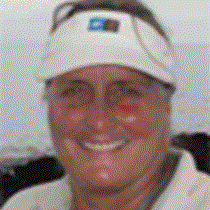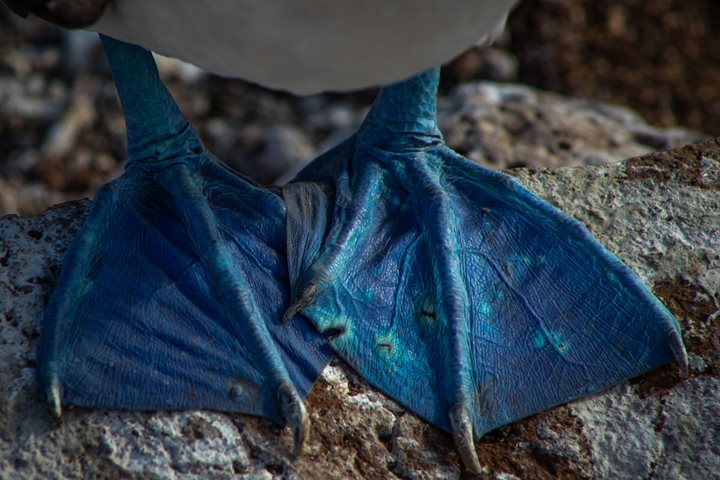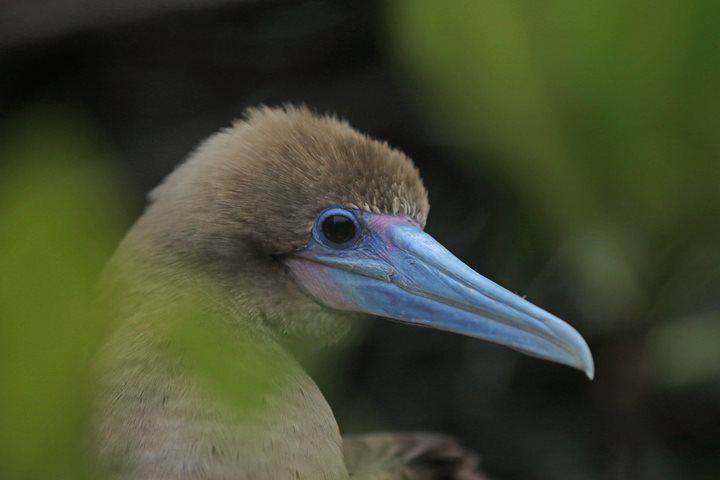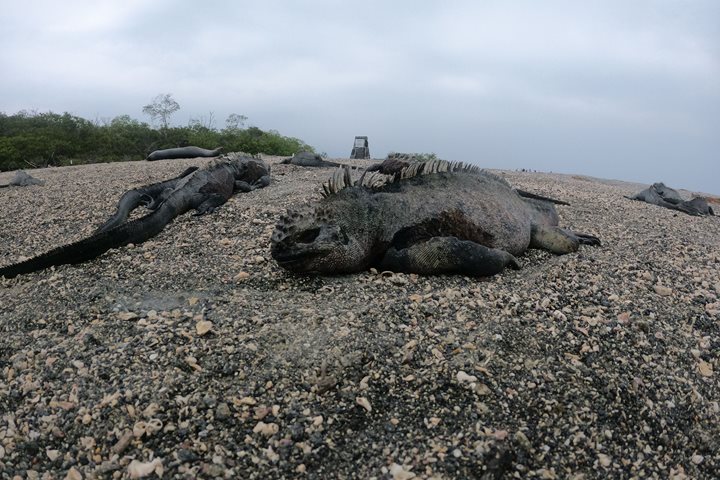During much of the night we navigated south, around Santiago Island and then around Santa Cruz Island, and just before dawn we dropped our anchor in the harbor of Academy Bay. The bustling town of Puerto Ayora, where tourism and fishing are the chief activities, has a population of over 20,000. This pleasant and clean port is the home of the headquarters of the National Park and Darwin Research Station. Today we visited the National Park. We strolled through the Charles Darwin Research Station and we spent the afternoon in the highlands of Santa Cruz.
After a hearty buffet style breakfast, we boarded the Zodiacs and after a short ride we disembarked on the National Park docks at the eastern end of town. We walked in to visit the tortoise rearing center. This is one of the most interesting and successful joint projects of the National Park and Darwin Station. Giant tortoise eggs, taken from the wild where their populations are endangered, are incubated and protected in captivity. Once the hatchlings are several years old and are strong and large enough to withstand predation by introduced mammals like rats, cats and dogs, the young tortoises are returned to the islands of their origins. There are adult tortoises from Española Island at the rearing center; this population was on the brink of extinction in the mid 1960s when only 12 females and 2 males had been found in the wild. These individuals were brought to Santa Cruz and the captive breeding project began. An additional male was located in the San Diego Zoo and he – later named Super Diego – was returned to Galapagos in 1977. Now over 2000 tortoises once again roam wild on the island of Española thanks to the success of the captive breeding program!
We walked through town in the late morning, shopping in colorful boutiques and taking pictures of the action at the fish market. We gathered at The Rock café for a glass of juice before heading into the highlands. Half of our group opted for a chance for some additional exercise and went with naturalist Juan Carlos in the first bus to the town of Bella Vista where bicycles awaited them. By the time they had adjusted their bikes and had pedaled out of town, the drizzle had turned to rain – yes, this is the transitional season between the garua season and the rainy season and it seems to have begun to rain for real today! Luckily, three miles later when they puffed into El Trapiche cane and coffee plantation, the bikers were still smiling!
The rest of us, on Carlos’ bus, joined the bikers for the visit to El Trapiche. We all enjoyed seeing the family run and traditional preparation of coffee and sugar cane and especially enjoyed sampled the tasty end-products. We found that the fresh sugar cane juice was delicious with or without a squirt of bitter orange or a splash of cane liquor!
Our buses took us further into the highlands to a rustic restaurant called Narwhal where we had lunch. Afterwards we drove down the slope of the island to find giant tortoises in the wild. There were many – at least a couple dozen – and some were really large old males. One pair was mating and some of us heard the funny deep moan made by the copulating giant tortoise male. Everyone snapped countless photos and we admired and watched the ancient lumbering reptiles as they fed in the lush vegetation.
We explored an impressive double decker lava tunnel and then headed down to town. Many of us returned to the ship but a few stayed on shore to do additional shopping or to watch as the local people prepared for the afternoon’s activities. We had some action of our own back on the National Geographic Islander, when the local folklore group EcoArte played music and danced for – and with – us in the lounge after dinner. I was amazed at the energy our guests still had for dancing even though they had to forgo their siesta this afternoon! It has been yet another magical day in las islas encantadas!







